#19th century
Text

Odalisque by Luis Ricardo Falero (1877)
#luis ricardo falero#art#paintings#fine art#19th century#19th century art#academicism#academism#academic art#painting#orientalism#spanish art#spanish artist#odalisque#concubine#portrait#classic art
482 notes
·
View notes
Text
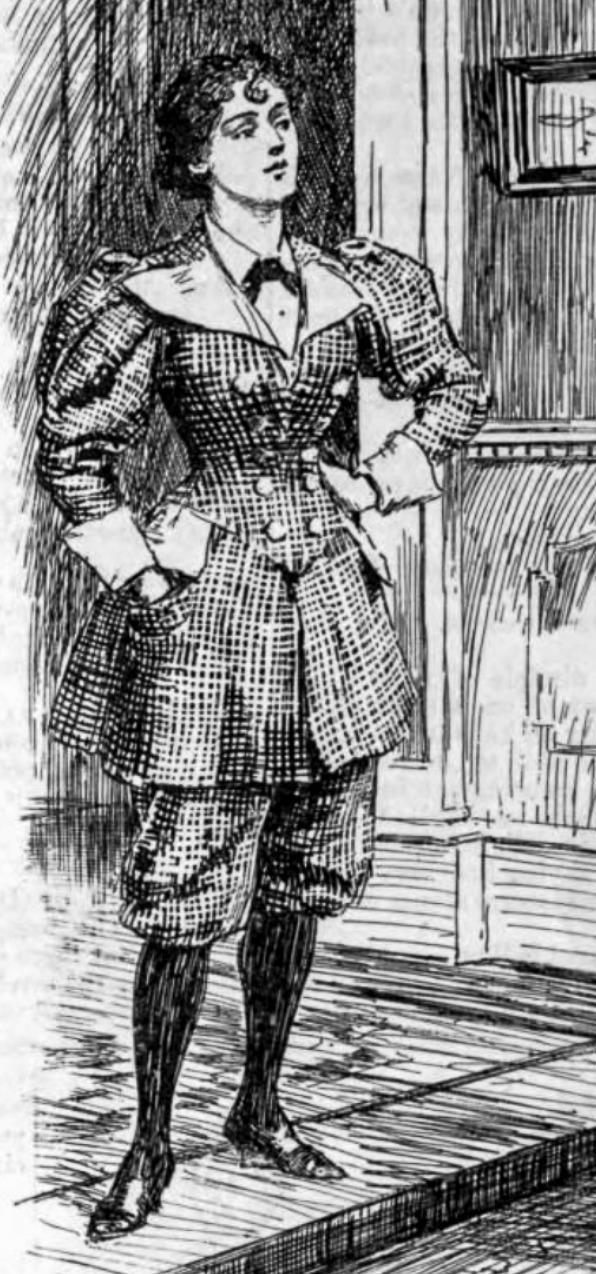
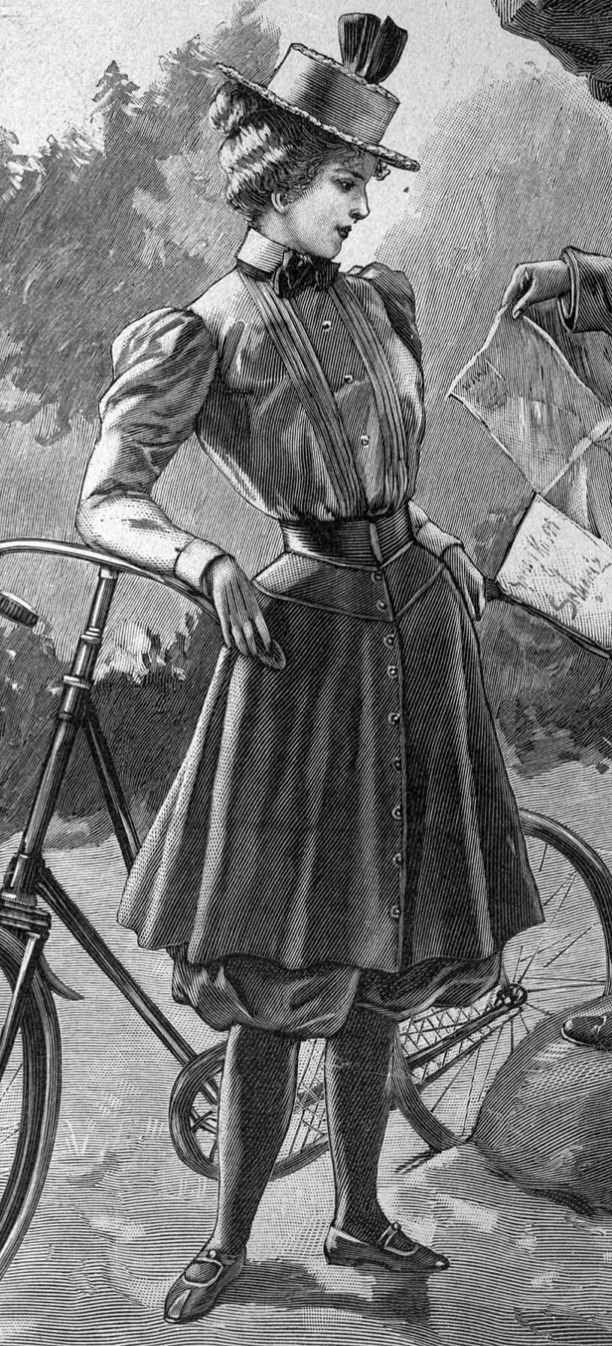
#historical fashion polls#fashion plate#fashion poll#historical dress#historical fashion#dress history#fashion history#19th century#19th century fashion#19th century dress#late 19th century#1890s dress#1890s fashion#circa 1890#1890s#circa 1895#circa 1896#circa 1897#circa 1898
399 notes
·
View notes
Text

Boots
1880s
Italian
The MET (Accession Number: C.I.42.24.4)
#boots#fashion history#historical fashion#1880s#19th century#italy#accessories#bustle era#white#red#floral#embroidery#belle epoque#shoes#the met#THIS IS WHAT IT'S ABOUT BABY#(also i want to be clear i know italy is not the belle epoque)#but i'm fudging it a little since that's the closest country
245 notes
·
View notes
Text
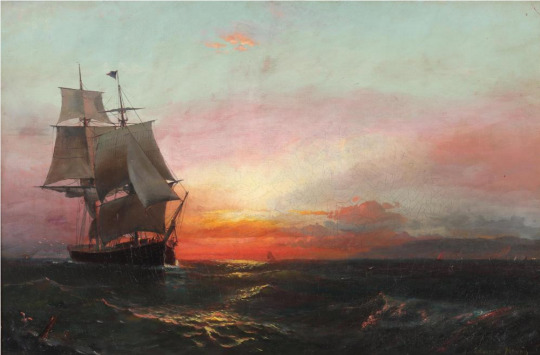
Ship at Sunset, by Edward Moran (1829-1901)
200 notes
·
View notes
Text
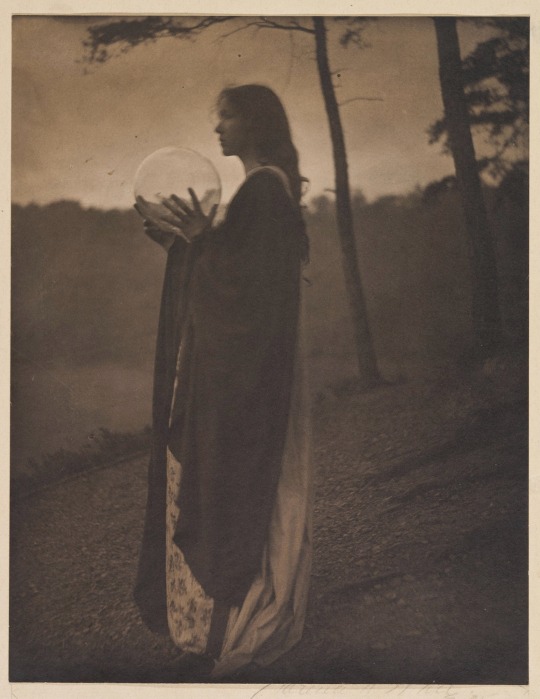
“THE BUBBLE” | 1898
[platinum palladium print | 24.2 x 19.3 cm.]
154 notes
·
View notes
Text
I look like and angel in white today 🤢 what do you think ?

#transgender#mtf trans#trans woman#trans#transfem#trans rights#transgirl#transsexual#transisbeautiful#trans artist#angle dust#angel dust#19th century#old men#transformation#trans community#tran#trans beauty#trans content#trans girl#transgenresworld#trans love#big tiddy goth gf#gothic#goth#goth aesthetic#our queer experience#men with beards#mtf trap#trasngender
124 notes
·
View notes
Text
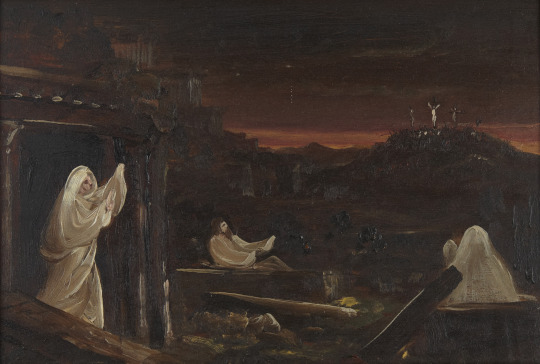
Thomas Cole (1801-1848) - Dead Rising from Tombs
source
80 notes
·
View notes
Text
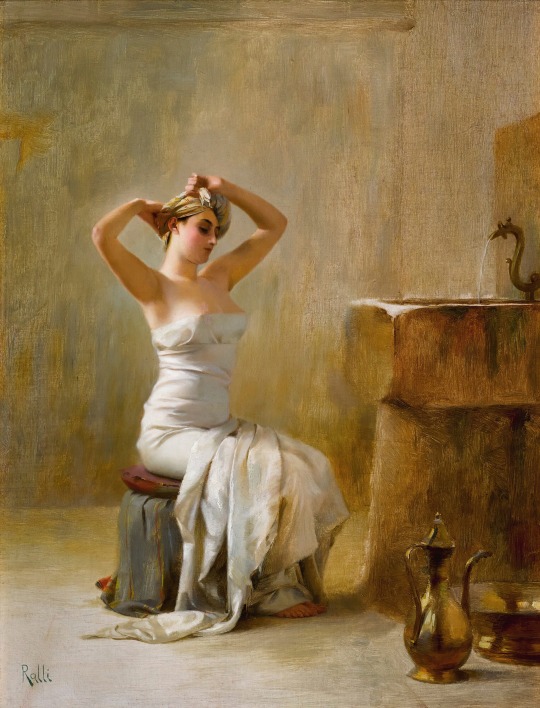
After The Bath
Theodoros Ralli
94 notes
·
View notes
Text




Lovely lace designs.
The Lady’s Book. New York [etc: Godey Co. [etc.]., 1830
Feb. 1839
Godey’s Lady’s Book (Philadelphia, Pa. : 1840). Philadelphia, Pa: L.A. Godey, 1840.
May, 1841
Oct. 1854
AP2 .G56
#lace#lace making#sewing#clothing#design#art#embroidery#illustration#magazine#Godey's Lady's Book#Lady's Book#1800's#19th century#libraryofva#specialcollections#rarebooks
111 notes
·
View notes
Text
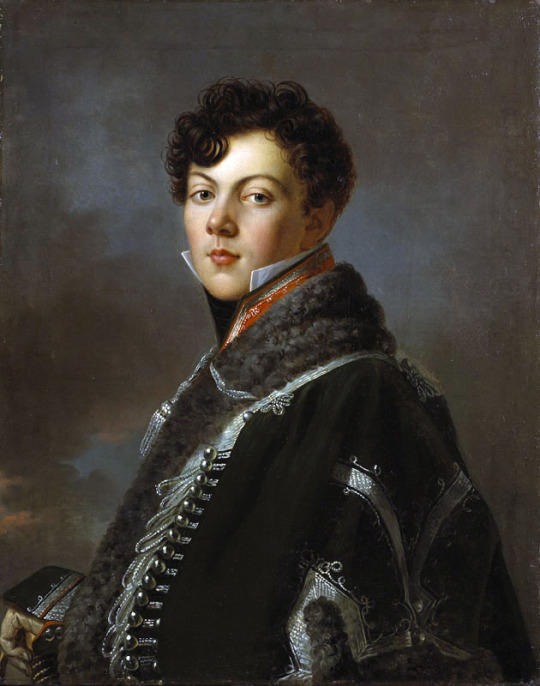
1801-1825 François-Pascal-Simon Gerard - Jules de Rességuier
(Musée des Augustins)
77 notes
·
View notes
Text
ATTENTION ROMANTICS, JANEITES, BYRONISTS, GEORGIANS, & OTHER 19TH CENTURY NERDS!
this website jane austen's music has resources all about the music jane austen composed by hand, like a link to this song captivity.
this website romantic-era songs has recordings of a bunch of music that was popular in the romantic era, including recordings of poetic works that were originally intended to be set to music. examples incl. lord byron's famous poems vision of belshazzar (a real banger!) & she walks in beauty (not what i expected having read it beforehand without it's music, but it was byron's own favorite to listen to). i really love this one the waters of elle by lady caroline lamb, also composed by isaac nathan. he was a famous jewish-english musician who later relocated to australia and introduced classical music there, & is thus sometimes called "the father of australian music" (apparently, according to his wiki, he was also the first person in the southern hemisphere to die in a tram incident after he got there... oddly specific factoid, but alright).
#literature#english literature#lord byron#romanticism#history#poetry#music#songs#19th century#nineteenth century#recordings#compositions#composers#isaac nathan#caroline lamb#romantic era#the romantics#the young romantics#romantics#romantic poetry#music history
79 notes
·
View notes
Photo

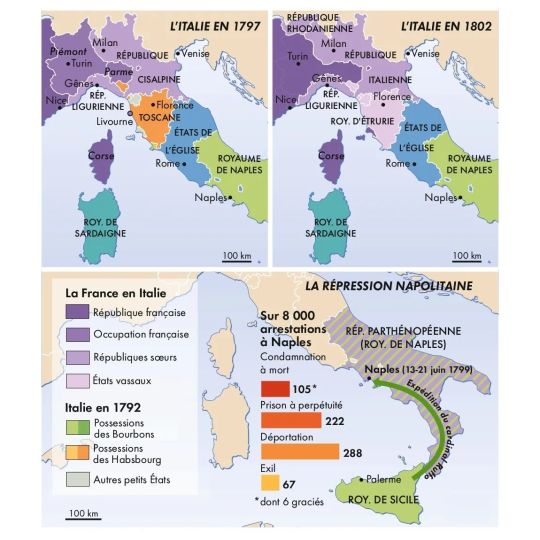
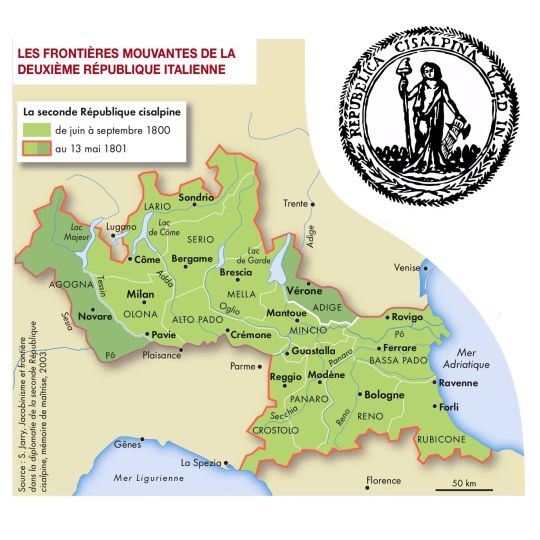

Italy from 1796 to 1805
Cartes 1-4 & 6 : « Atlas de la révolution française », Beaurepaire & Marzagalli, Autrement, 2016
Carte 5 : « Atlas de l’empire napoléonien », Chappey & Gainot, Autrement, 2e éd., 2015
by cartesdhistoire
The incursion of Bonaparte's army into Italy in the spring of 1796 was primarily a diversion to relieve pressure on the Rhine front. However, its success quickly opened up new possibilities: French support and the activism of local patriots led to the establishment of sister republics. Over three years (1796-1799), known as the Triennio, the political landscape and institutions of the peninsula underwent significant changes. This period, marked by reforms and democratic achievements, as well as the involvement of individuals previously excluded from public affairs, is crucial for understanding how the Triennio influenced the attitudes of both elites and the general populace during and after the Napoleonic era.
However, the sister republics collapsed in the spring of 1799 in the face of the successes of the Austro-Russian armies of the Second Coalition and the armed uprisings of peasants incited by the clergy and angered by French abuses. Naples surrendered in June 1799, and the repression there was severe.
The political landscape of the peninsula was once again reshaped by France following the Second Italian Campaign, which began in 1800. The Cisalpine Republic, reinstated after the Battle of Marengo and expanded during the Peace of Lunéville, gave way to the Italian Republic in 1802, then became a kingdom in 1805. The kingdom's territory expanded to include Veneto and Istria (1805), the Marche region (1808), and South Tyrol (1810). Thanks to the Vice-President of the Italian Republic, Francesco Melzi d'Eril, the political efforts during these years resulted in the establishment of a modern state and significant reforms in administration, justice, and the military.
The Napoleonic experience helped to politically educate the Italian elites, providing them with a shared institutional and legal framework, as well as standardized administrative practices, which made the idea of unity feasible.
76 notes
·
View notes
Text

submitted by @downtonbaddie7 🩷💚
#love the black lace situation on the left garment#historical fashion poll submission#historical fashion polls#fashion poll#historical dress#historical fashion#dress history#fashion history#fashion plate#19th century#19th century fashion#19th century dress#late 19th century#1890s dress#1890s fashion#circa 1890#1890s#circa 1892#1892
65 notes
·
View notes
Text
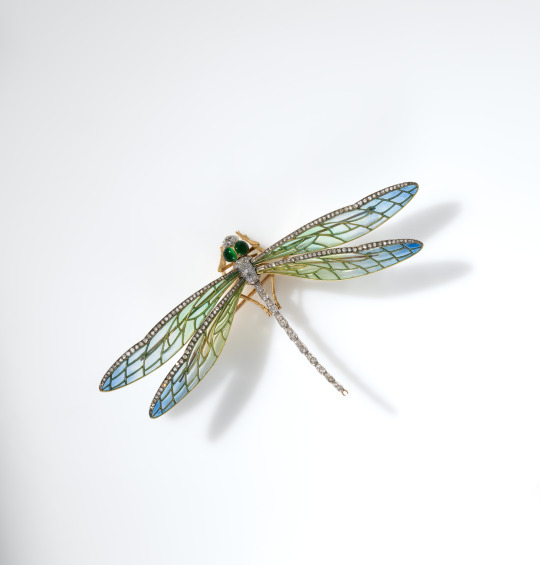
Brooch
Edgar Bense for Boucheron
c.1890
Conceived as a dazzling dragonfly with delicate plique-à-jour wings, this brooch epitomizes the Art Nouveau style in both fashion and manufacture. With its translucent wings set en tremblant and its sparking rose-cut diamonds, the present jewel catches the light brilliantly. In the enameling technique called plique-à-jour, vitreous enamel is applied to openwork wire cells without a backing, creating the transparent effect of stained glass. The house of Boucheron was founded in 1858 by Frédéric Boucheron (1830–1902). First opened in the Galerie de Valois, under the arcades of the Palais Royal, the shop was perfectly situated in the center of Second Empire Parisian luxury. In 1893 Boucheron moved to the Place Vendôme—the first of the great French houses to occupy that location—where it remains headquartered to this day, with more than 30 branches across the globe.
The MET (Accession Number: Accession Number: 2018.447.1)
#brooch#art history#1890s#art nouveau#jewelry#belle epoque#fashion history#19th century#historical fashion#france#turn of the century#gold#diamond#enamel#the met#those wings just make me go !!!!!!!
276 notes
·
View notes
Text
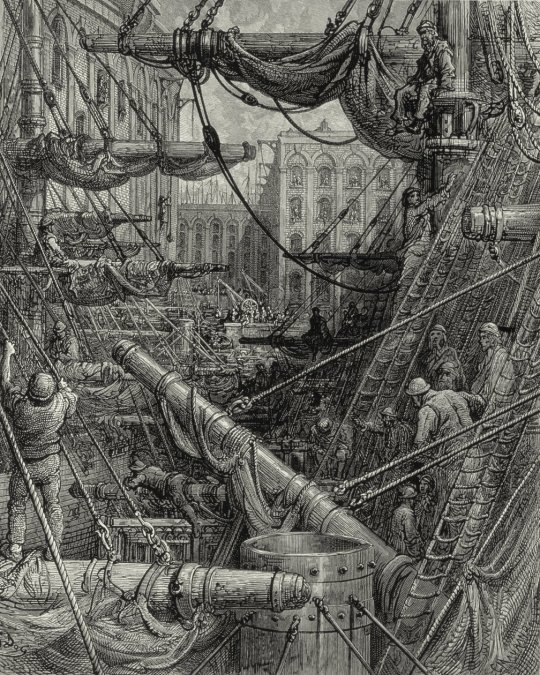
In the London Docks. Engraving: Gustave Doré. From: "London - A Pilgrimage", text by W. B. Jerrold, engraved C. Maurant, 1872.
121 notes
·
View notes
Text
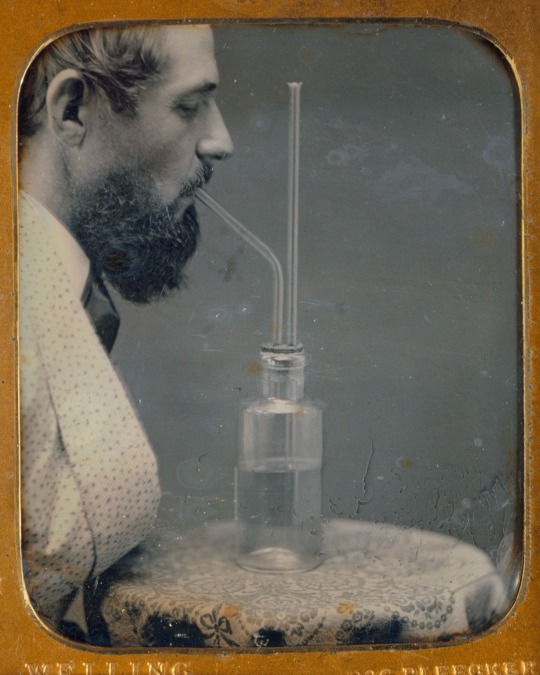
James Hyatt Inhaling Chlorine Gas | 1850-55
143 notes
·
View notes